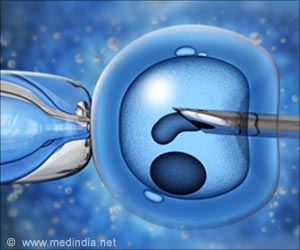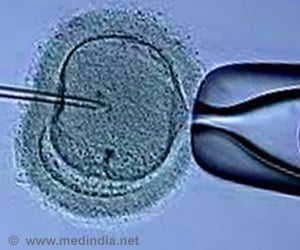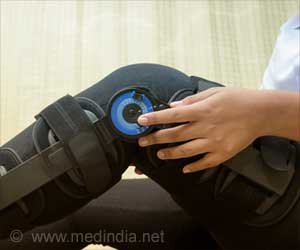For women who are undergoing the last stage of InVitro Fertilization, is fresh embryo is better or the frozen one?.

TOP INSIGHT
According to the lead authors, if the prospective parents can go ahead and do a fresh transfer, it will save them the additional waiting time and avoid going through another cycle of hormones before the decided transfer.
"In the past five years, some clinics have advocated for freezing everything with the belief that the process that stimulated the eggs makes the lining of the uterus less welcoming for pregnancy," said Suheil Muasher, M.D., reproductive endocrinology, and infertility specialist at Duke and senior author of the paper. Some research has also indicated frozen embryo transfers are less likely to result in preterm labor and underweight babies, he said.
But according to the Duke study, waiting may be advantageous only for women who produce 15 or more eggs after hormone stimulation. Birth rates for these so-called 'high responders' who received frozen embryos were slightly higher (52 percent) than those who received fresh transfers (48 percent).
However, in low and intermediate responders -- women who produced 14 eggs or fewer -- fresh transfers led to better pregnancy and birth rates compared to those who received frozen embryos.
There may be other advantages to offering fresh transfers to these groups, said Kelly Acharya, M.D., a fellow in reproductive endocrinology and fertility at Duke and the study's lead author.
The data in the study came from first-time IVF patients included in a registry of the Society for Assisted Reproductive Technology between 2014 and 2015. Low responders produced one to five eggs, intermediate responders produced six to 14 eggs, and high responders produced 15 or more.
Further research is needed, Acharya said, but "the bottom line for patients is that they're likely seeing a lot of information out there saying the frozen transfer is best all of the time, and we are seeing that may not be the case. Hopefully, this could put some patients' minds at ease if they are a low or intermediate responder and doing a fresh transfer."
Source-Eurekalert
 MEDINDIA
MEDINDIA




 Email
Email






